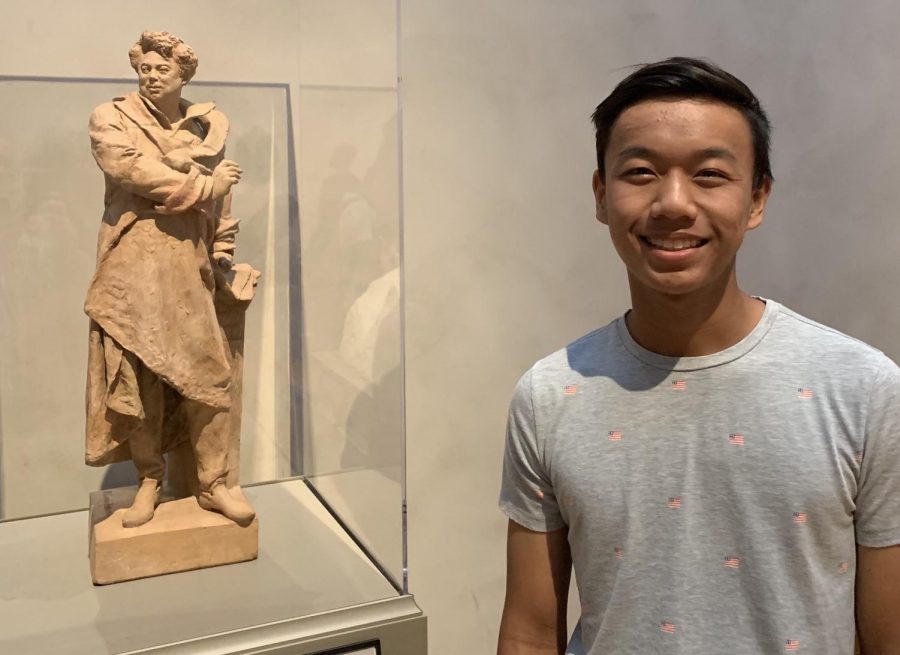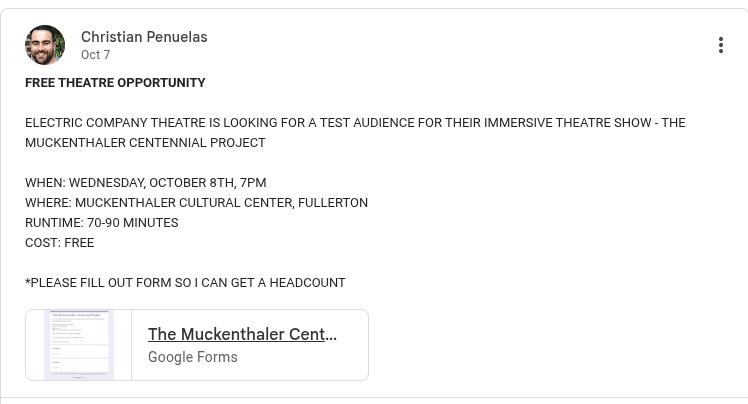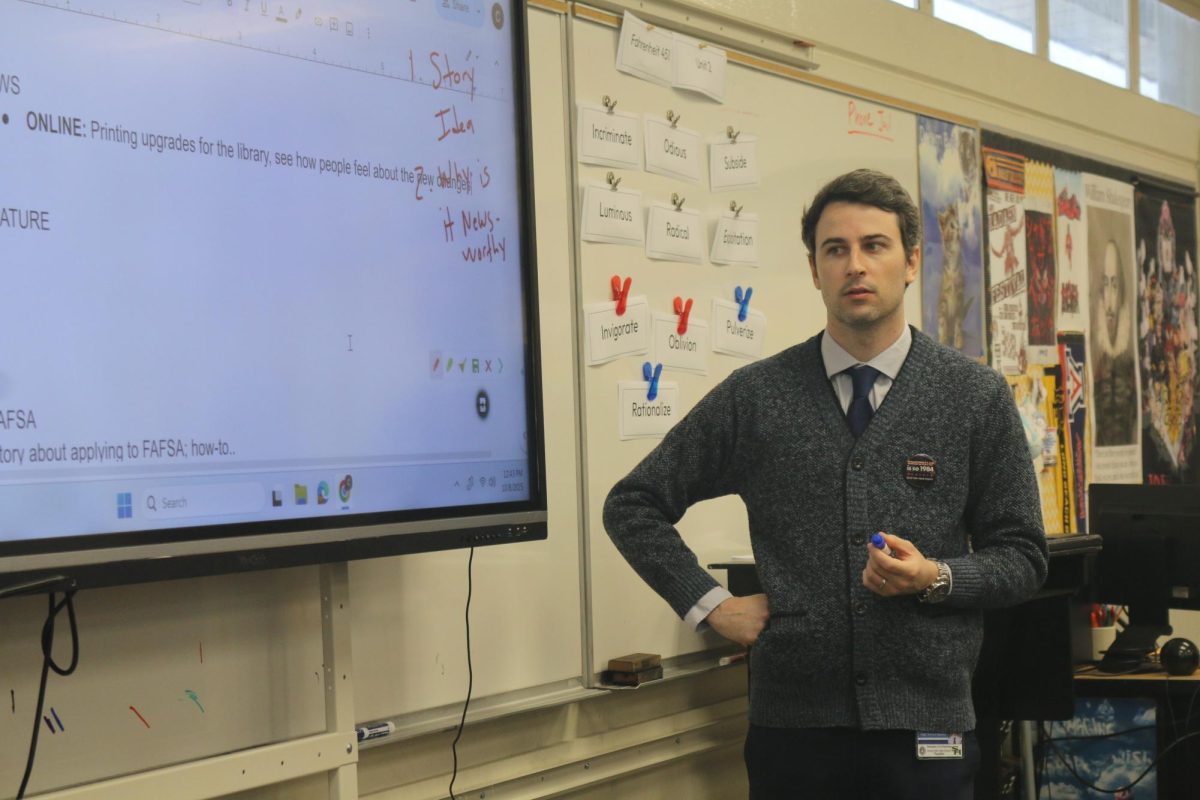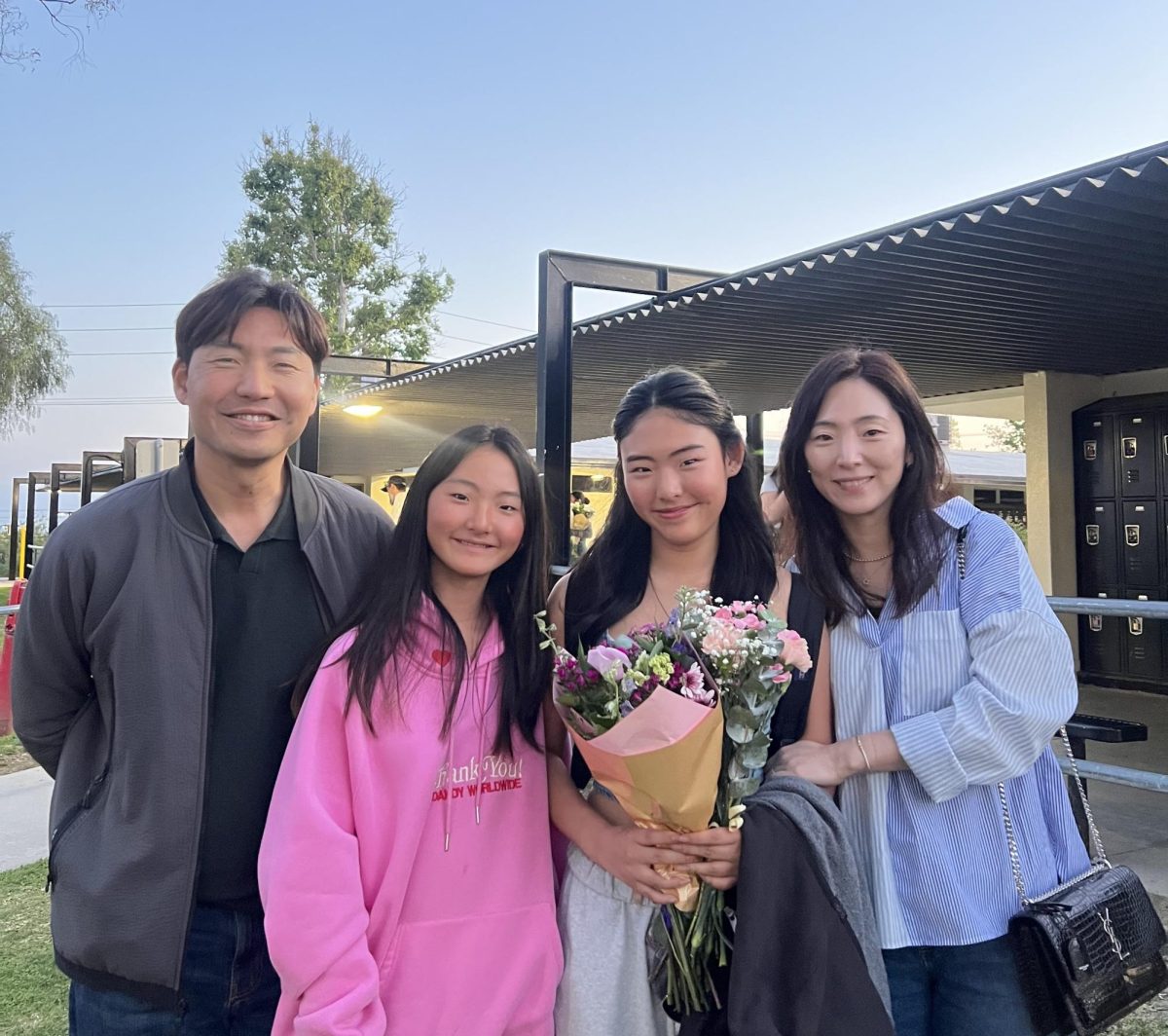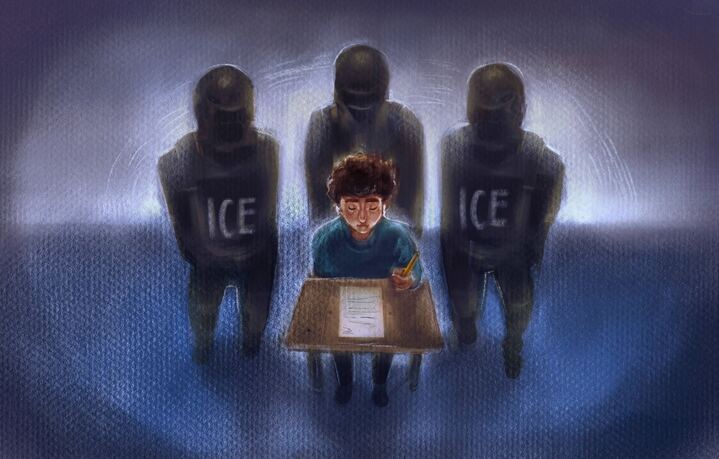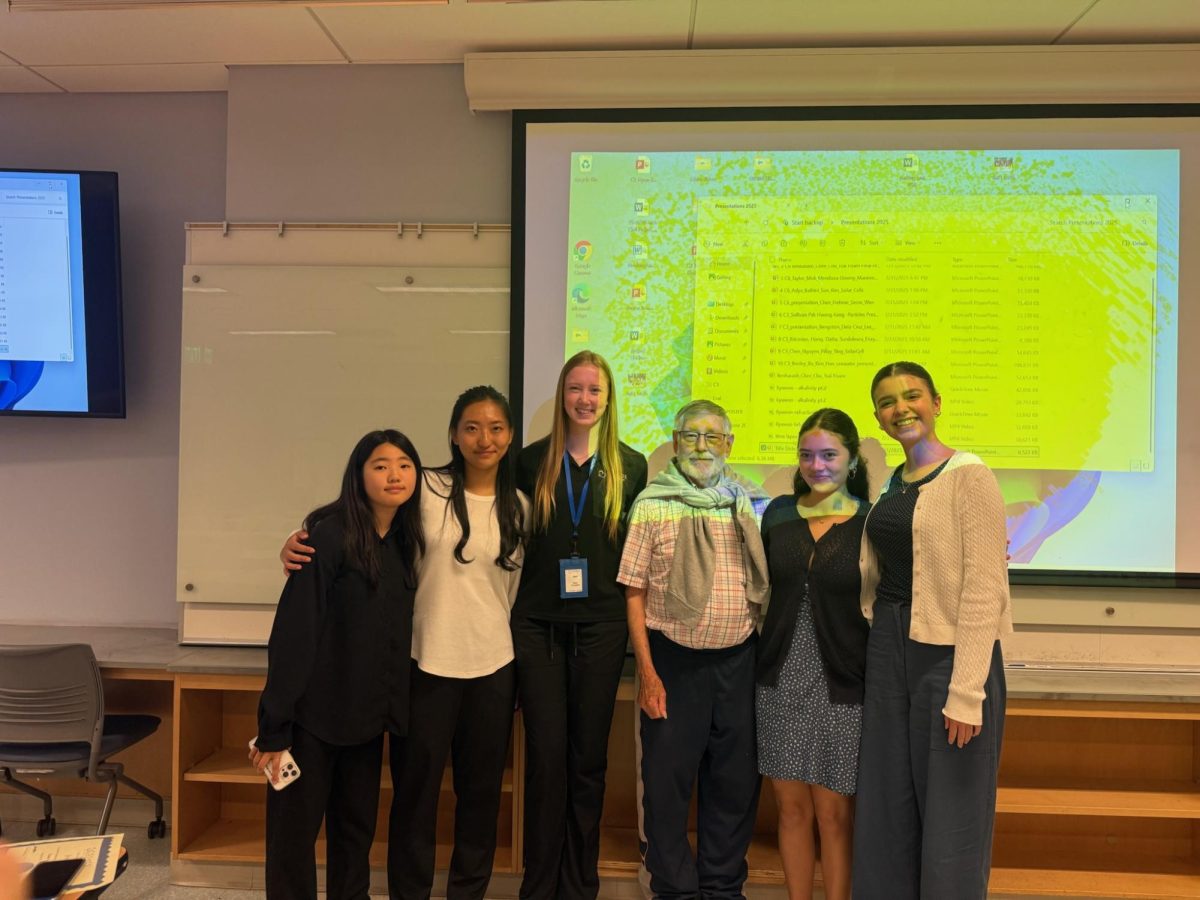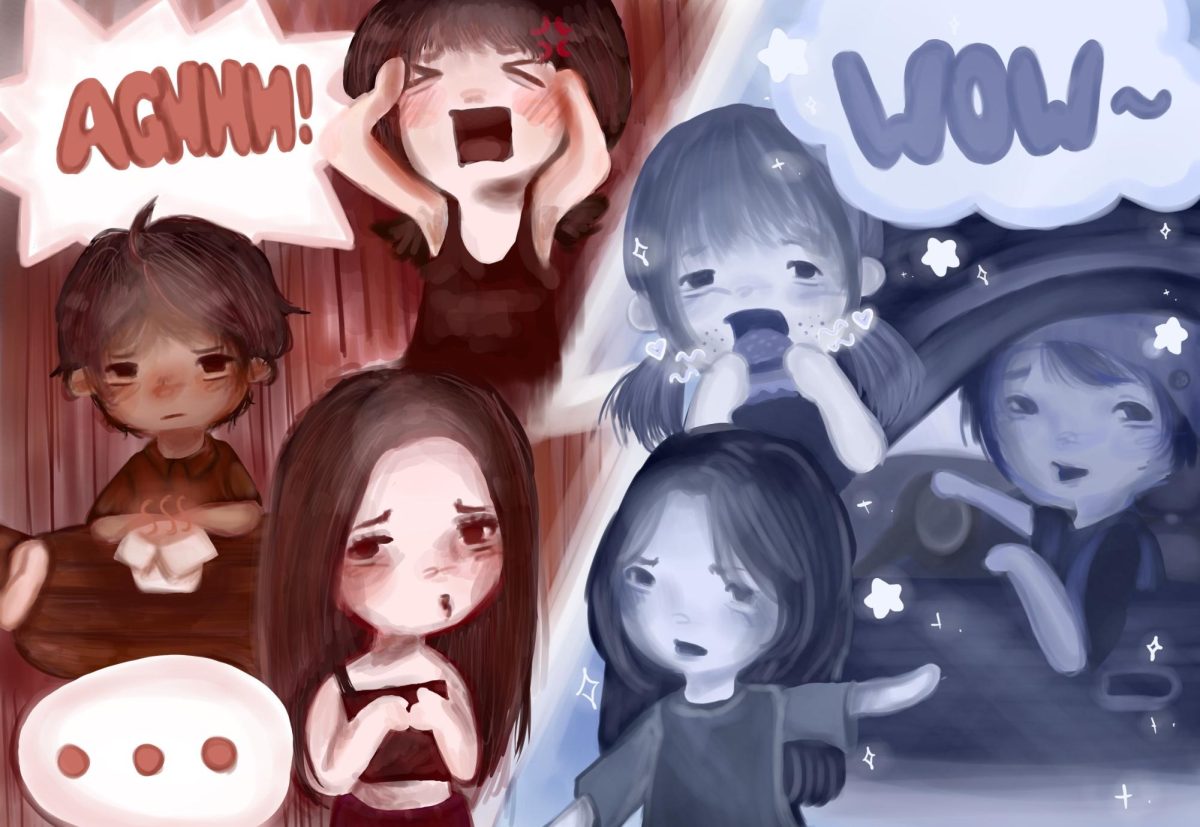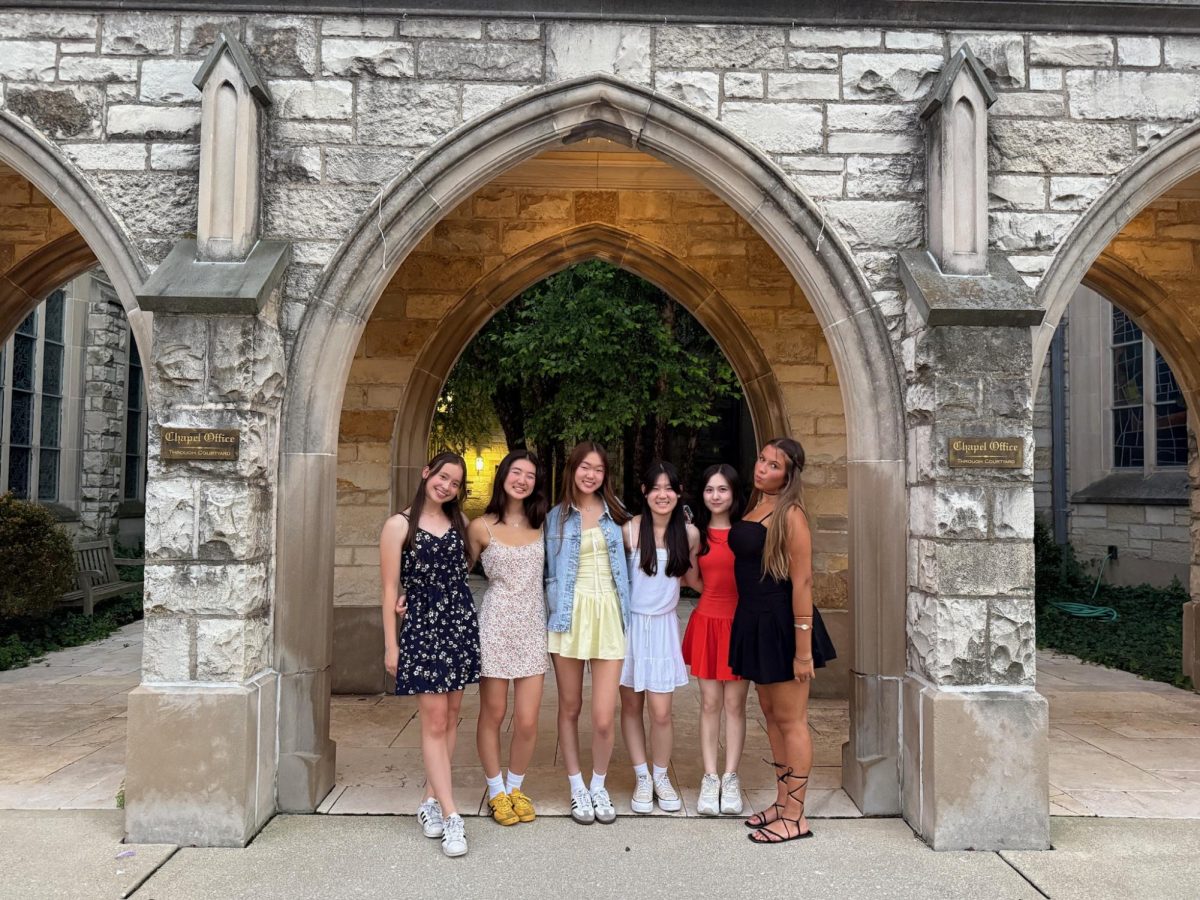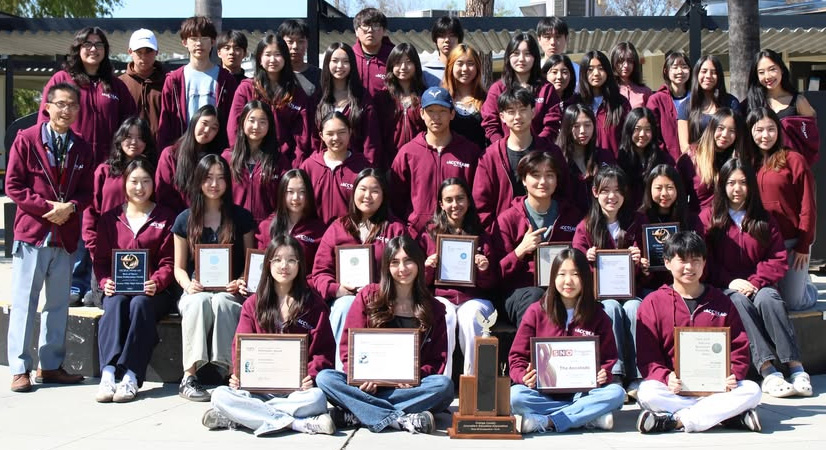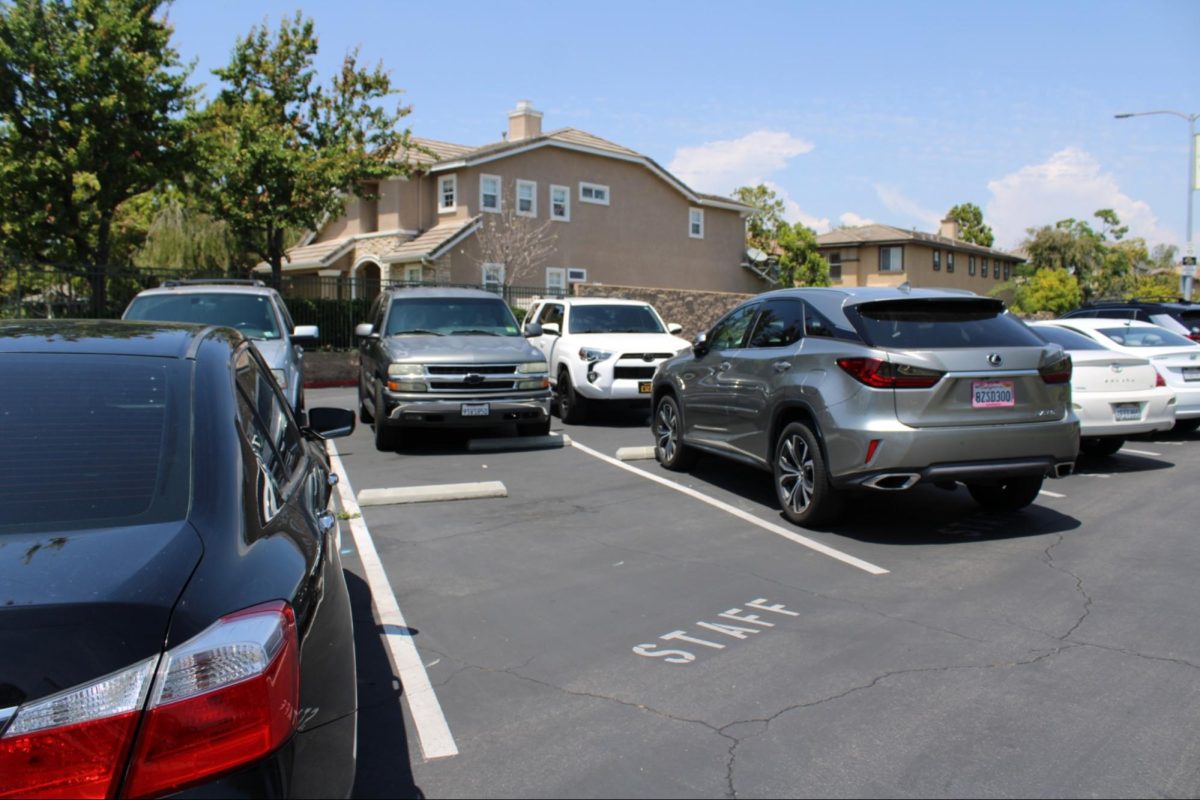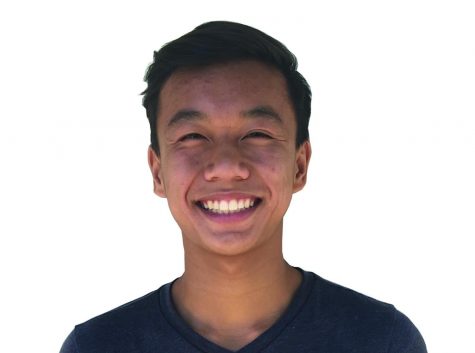Before COVID-19 hit earlier this year, I’ve known of classmates flying cross country to participate in summer programs that cost upwards of $10,000. Some landed internships, while others joined the workforce at local businesses in the area for the first time. A significant number hunkered down at SAT or ATC tutoring centers to boost their scores and their hopes of getting admitted into their dream college.
I didn’t.
I enrolled at Fullerton College — not for one summer, but two, and each time never having to step foot on campus.
As the time left to apply to colleges has dwindled down over the past few years, I’ve heard talk among my peers of the best ways to prepare oneself for college applications grew louder and louder.
While peers could be found in tutoring centers or looking at pricey summer programs, I chose to do neither.
For the few high schoolers I know who have also taken summer school courses at a community college, they often claimed they do so to boost their college applications
But for me? The real reason why I started taking classes at Fullerton College was that I didn’t want to fulfill my University of California-required visual or performing arts class at Sunny Hills.
As fun as a Sunny Hills class like Drawing and Painting or 3D-Design sounds, enrolling in any of these courses for a grade did not appeal to me because when it comes to my schoolwork, I tend to be a perfectionist. And simply put, my art is not perfect.
So after a few meetings with my counselor and a couple of emails sent to representatives at the University of California in the summer of 2019, I found myself enrolled in Art 113 as a special admit student (the official term for high school students at Fullerton College), an online class held asynchronously — meaning that I was not required to attend live lectures or visit campus — otherwise known as Renaissance to Modern Art History.
To say that the course was simply an online class would be a disservice to my professor and the methods she used to keep us active and engaged over the six-week period. Throughout projects assigned on Canvas, I crushed chalk to make my own paint for a portrait of Drake that ended up resembling a potato; I drove up to the Santa Monica Mountains to visit the Getty Museum in Los Angeles for my midterm paper and researched 15th-century Dutch landscape paintings (specifically ones related to cows) for my final.
So this past summer, after schools had been shut down, I enrolled at Fullerton College for the second straight year, but this time in three classes — Sports and Society, Sports Management and Introduction to Oceanography.
A quick rundown on these courses — Sports and Society takes a sociological approach to sports, Sports Management explores careers in the sports industry and Introduction to Oceanography provides unique insights into the expansive bodies of water that cover 70% of Earth’s surface area (hey, something I learned from class!).
I no longer needed credits specifically for college admissions, so I took the route of personal enrichment. Taking academic courses in sports — a longtime interest of mine — caught my eye while I first browsed the course catalog looking for an art class in 2019, so I jumped at the opportunity to take a sports course this past summer. As for Oceanography, I registered for it because my schedule had been too crowded to fit a science course during my junior year, though I didn’t mind taking a deeper dive into the vast water expanse just 20 miles to the west.
Aside from the benefits of personal enrichment, I also picked up a handful of college credits that could be applied to a post-secondary institution but not toward high school graduation.
For colleges and universities that accept transfer credits, my six weeks spent in a Fullerton College course carried the same credit as a passing score on a three-hour Advanced Placement [AP] exam (or 45 minutes in the case of the 2020 exams). Of course, this policy depends on the college and the course being taken — California State University schools accept transfer credit for my Sports and Society class, but University of California schools do not, and though I would rather attend a University of California school next year, it doesn’t hurt to have extra credits in case I do enroll at a California State University campus.
Now that I’ve taken four of these classes, I’ve become familiar with the question, “Aren’t they easy?”
In short, it depends.
The curriculum moves quickly over the summer term, so for those considering taking junior college classes, don’t be surprised when you find yourself halfway through the textbook two weeks into the class because you had read 30 pages of the textbook a night. Grading of assignments and timed assessments — no more than two hours — was much more lenient than high school classes given that the assignment was done to completion and the directions were followed, though students are often held to an honor code stating that they will not use outside resources to cheat. Extra credit was commonly given, and could come in the form of an easter egg hidden in the syllabus or simply showing effort in your assignments, too.
However, one critical caveat remains — reminders to turn in assignments and finish tests came few and far between, and you are largely expected to manage the coursework by yourself (but if you do need help, all of my professors were quick to offer their services).
I do recognize that professors may change the way classes operate because of distance-learning, but my instructors issued syllabi for remote learning classes that closely reflected their in-person counterparts.
As a mostly independent learner, I didn’t have too many issues with this style of learning.
Although juggling three classes intended for a whole semester into six weeks made scheduling chaotic, especially without the structure of the traditional high school day, deadlines were usually spread out at least a few days in advance, and my professors granted up to two weeks extra for larger projects.
However, I could see why the classes could be difficult for students that struggle with maintaining appropriate work habits. All of my professors had differing policies toward late work, but a few missed assignments could sink a grade for good early in the term.
But as a high school student, having the opportunity to try my hand at a junior college-level class brings great benefits, and accessibility-wise, only a fraction of classes in the catalog are restricted by prerequisite requirements, though classes have varying difficulty levels.
From an education standpoint, getting a taste of what a college class feels like could benefit all high school students. As long as the majority of assignments are turned in, passing the class should be a given, and earning A’s doesn’t require the same degree of effort an AP or International Baccalaureate [IB] course at Sunny Hills demands.
For distance-learning classes that make up a large number of summer term courses, even when not in a pandemic that shuttered classrooms, you only virtually “meet” professors and classmates through email and discussion posts. While discussions through Canvas don’t live up to in-person discussions, the lack of a physical classroom or scheduled Zoom calls in asynchronous classes means instructors don’t take roll, and you aren’t restricted from “attending” class while on vacation or finding time for other summer activities.
To add, because “introduction” posts for each of my classes revealed a diverse group of classmates ranging from an engineering student studying from Japan to a 59-year-old retiree who last worked as a high-level manager for a Fortune 500 company but never received a college degree. And although I never crossed paths with another high school student (besides a friend of mine whom I recommended to take an art class), I never felt the stigma of being out of place.
Fullerton College also has a wide selection of occupation-based classes that allow you to explore possible careers post-graduation ranging from accounting to welding (for me, that was my Sports Management course).
To make the deal even sweeter, special admit students do not have to pay tuition costs. Only have to cough up a measly health services fee, which ranges from $16-$19, and cover the cost of my textbooks, which only set me back just over $80, as two of my professors provided their own digital copies of the book.
Important tip — if you do need a textbook for a class, rent it from Amazon or Chegg. You can find most books for under $50, and physical books are kept in good condition.
Course catalogs will openly tell you if classes are transferable or not, and even if colleges won’t accept the transfer credits, the benefits of keeping academically active in a classroom whether it be in-person or digital over the summer still outweigh the alternatives.
A junior college class might not add up to the supposed “prestige” of an AP or IB one, but a single course won’t take too many hours out of your week, and for many of us stuck in our homes because of the coronavirus, the summers are already empty, so why waste it?
Take it from me — it’s a small sacrifice for a great return.



